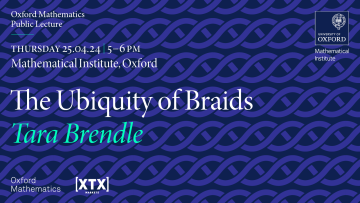Static friction models, buckling and lift-off for a rod deforming on a cylinder
Dr. Rehan Shah, Lecturer (Assistant Professor) in Mathematics and Engineering Education, Queen Mary University of London
Abstract
We develop a comprehensive geometrically-exact theory for an end-loaded elastic rod constrained to deform on a cylindrical surface. By viewing the rod-cylinder system as a special case of an elastic braid, we are able to obtain all forces and moments imparted by the deforming rod to the cylinder as well as all contact reactions. This framework allows us to give a complete treatment of static friction consistent with force and moment balance. In addition to the commonly considered model of hard frictionless contact, we analyse two friction models in which the rod, possibly with intrinsic curvature, experiences either lateral or tangential friction. As applications of the theory we study buckling of the constrained rod under compressive and torsional loads, finding critical loads to depend on Coulomb-like friction parameters, as well as the tendency of the rod to lift off the cylinder under further loading. The cylinder can also have arbitrary orientation relative to the direction of gravity. The cases of a horizontal and vertical cylinder, with gravity having only a lateral or axial component, are amenable to exact analysis, while numerical results map out the transition in buckling mechanism between the two extremes. Weight has a stabilising effect for near-horizontal cylinders, while for near-vertical cylinders it introduces the possibility of buckling purely due to self-weight. Our results are relevant for many engineering and medical applications in which a slender structure winds inside or outside a cylindrical boundary.


